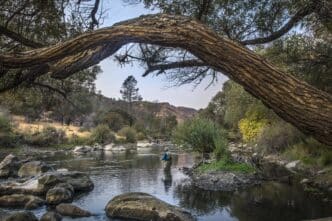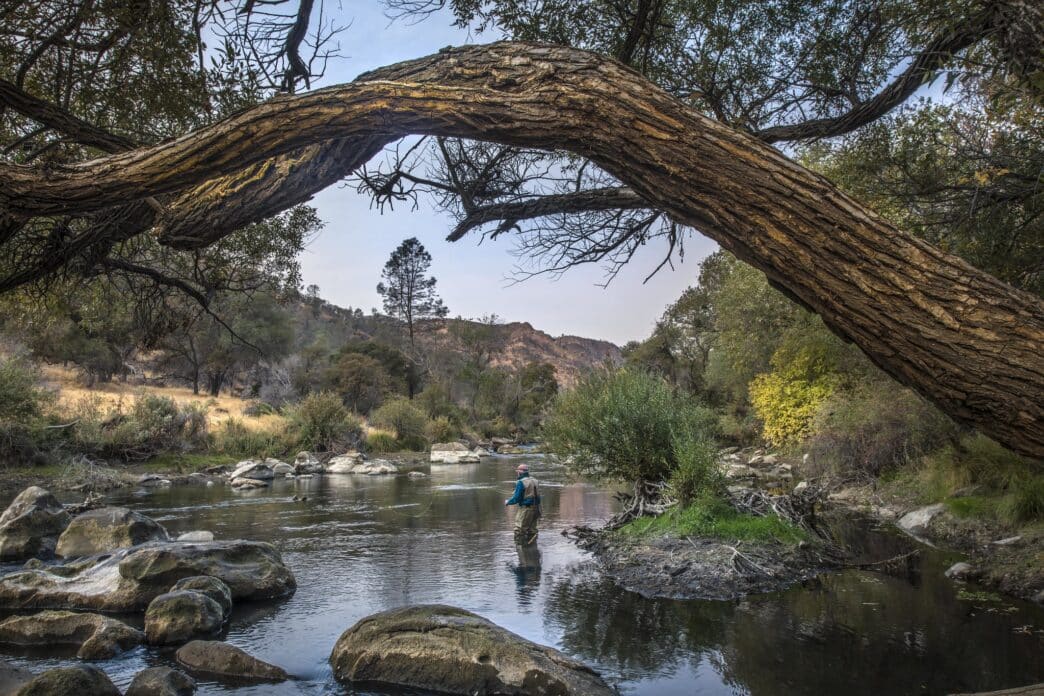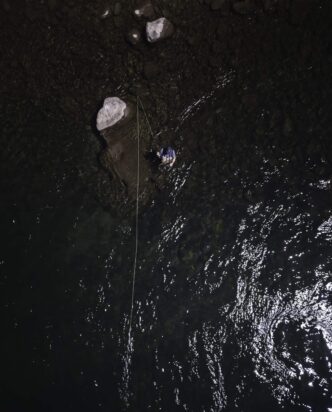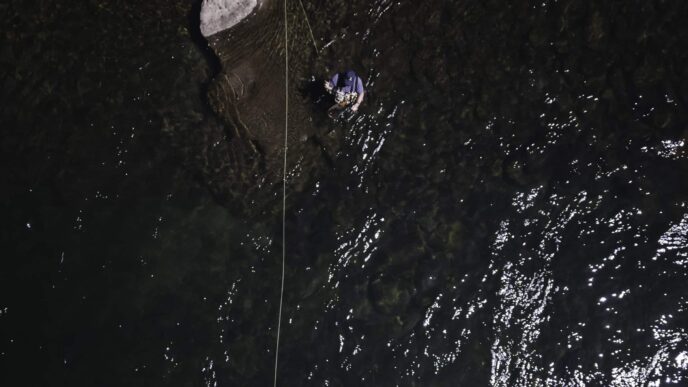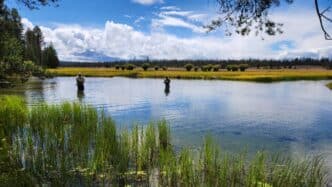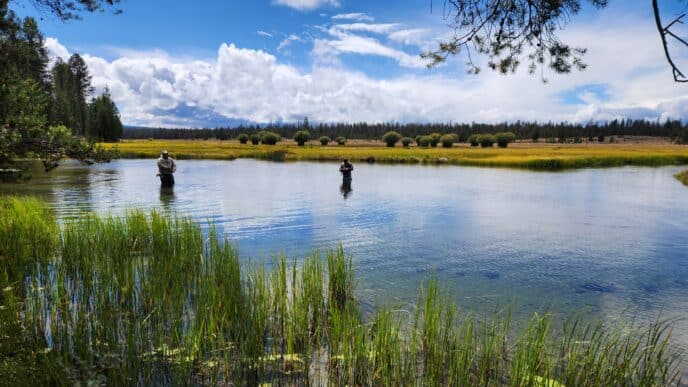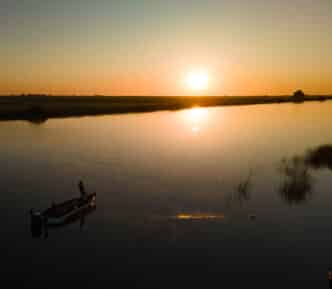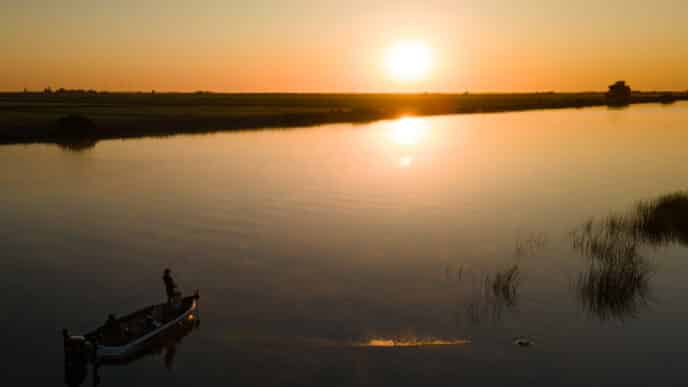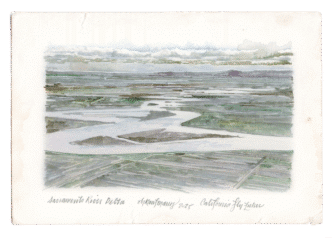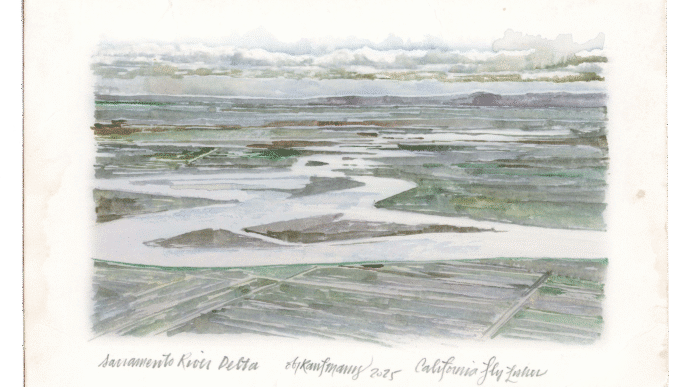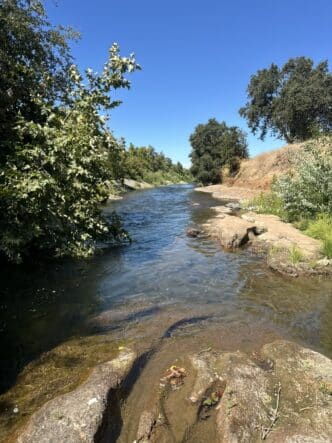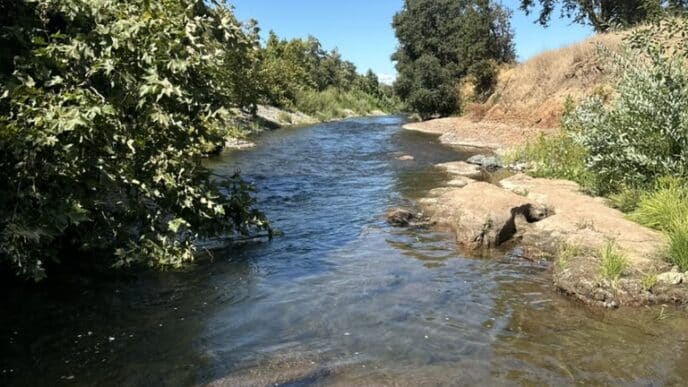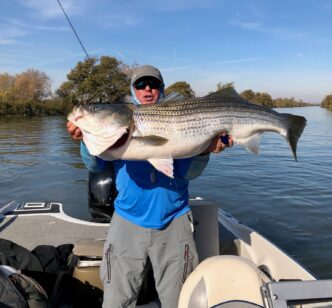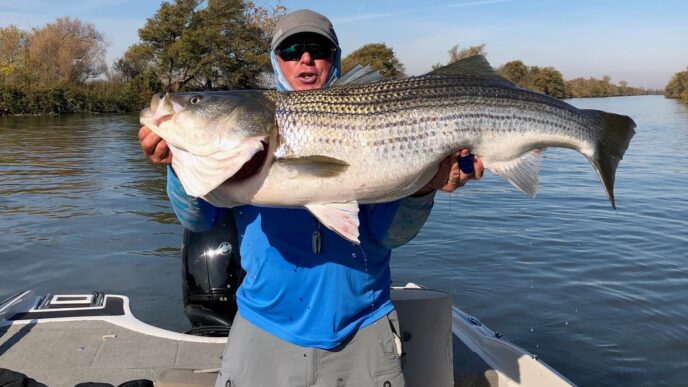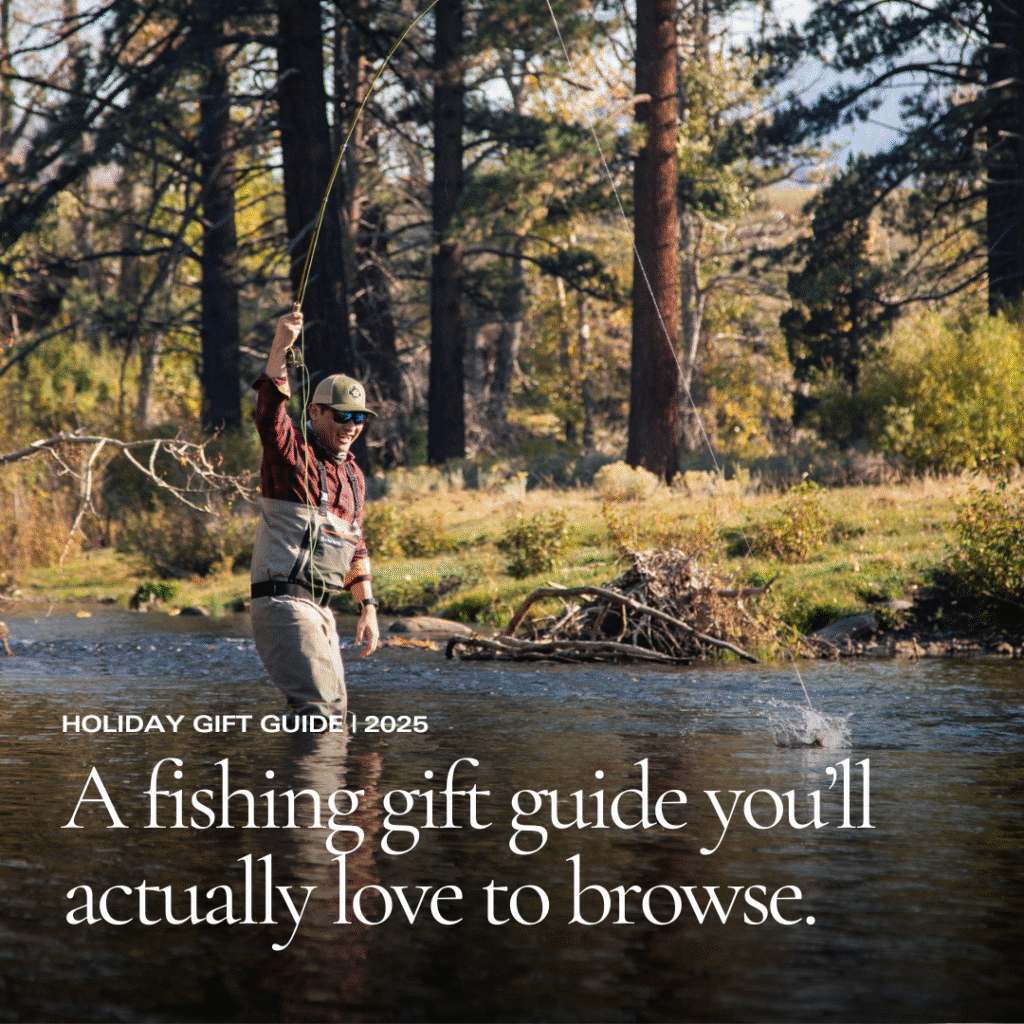Nestled in the rolling golden hills of Northern California, just outside the Bay Area, lies the small town of Winters.
There, situated along the unique tailwater of Lake Berryessa, is Putah Creek. With Northern California’s vast network of streams, rivers, and tributaries, the longer you spend here, the easier it becomes to lose yourself in the state’s natural beauty. Having grown up just down the road, I’ve been fortunate to have some of the best fisheries right in my backyard. Putah Creek, in particular, has been a constant in my life and continues to surprise me—especially after delving into its rich history. Despite being a relatively small fishery, it holds remarkable depth, and even the most seasoned anglers are often caught off guard by what it offers.
Looking back at the history of Winters, the land was originally home to the Patwin Village of Native Americans. Interestingly, the name “Putah” originates from the town of “Putato,” not from the Spanish word, as many assume, and was situated between Winters and Davis. Over the years, Putah Creek has been rerouted twice since the 1850s, with the most notable alteration bringing the creek closer to Davis and creating what is now known as the South Fork of Putah Creek. Despite these modifications, we can still observe some original species, such as King Salmon, which continue to pass through today. However, the agricultural dam has limited the salmon’s access to their historic spawning grounds.
What I’m most passionate about sharing, is how steelhead once thrived in this valley before the construction of the Monticello Dam on Lake Berryessa, between 1953 and 1956. During that time, wild trout (steelhead?) followed the salmon into the system. After the dam’s completion, these fish were effectively landlocked, and I believe this is part of what makes Putah Creek’s fishery so special today. The genetic legacy of those steelhead continues to run through the creek, influencing the behavior and characteristics of the fish we see now. Spring and fall tend to be the prime fishing seasons because these fish still carry the instinctual drive to spawn, much like their steelhead ancestors did in nearby Lake Solano Creek.
To me, Putah Creek stands out from any other water system. Its challenges and its highs and lows all come full circle in a way that is unique to this place. Given the creek’s relatively small size, it’s important to remember that every angler out there hopes for their best day. There are countless reasons why people fish, and each one matters. It’s not just about respecting the fish—it’s about respecting one another, too.
To truly respect Putah Creek is to respect the winter closure—it’s essential for ensuring the long-term health of the system. I’ve witnessed the creek’s ups and downs firsthand, and I can tell you from experience: The closure is effective. When the closure is in effect, fish have a safe environment with low flows and can spawn in clear, undisturbed beds. During this time, there’s significantly less disturbance from anglers, allowing fish to carry out their natural processes without added stress. The beds, often overlooked by waders or anglers, are given a chance to recover, supporting the growth of the next generation.
As a 12th-generation Californian, my family’s deep ties to the state’s history have always been a guiding force in my life. The stories of those who built the foundation before us have shaped my understanding of the importance of remembering our origins. Growing up in Vacaville, I was fortunate enough to spend much of my childhood and early adulthood at Lake Berryessa and Putah Creek. Fishing became more than just a hobby—it became a lifelong passion.
I have fond memories of trolling for trout with my father on Lake Berryessa, passing by Putah Creek without knowing just how much it would come to influence my life in the years ahead. Now, as a full-time fishing guide, Putah Creek holds a special place in my heart. It was my entry point into the world of fly fishing. It was the first place that taught me how to cast a line, and unknowingly, how to embrace the challenges of fly fishing.
For me, fishing Putah Creek laid the foundation for my understanding of trout fishing. In my early days, I didn’t even know what a back cast was. But learning on this system gave me the confidence to fish anywhere. Each trip to Putah brought new lessons, and it’s been a privilege to pass those lessons on as a guide.
What makes Putah Creek such a treasure isn’t just its natural beauty—it’s the dedicated efforts of organizations like the Putah Creek Council and individuals who care deeply about its future. The anglers who voluntarily set down their rods during the winter to allow the wild rainbows a chance to spawn have played a crucial role in preserving the creek’s health. The more I’ve learned about Putah Creek’s history, the more I understand why it has earned its reputation as a world-class fishing destination.
As a local guide, I’ve seen the creek’s health fluctuate over the years, facing both challenges and triumphs. I’m proud to share that the closure efforts have been successful. For my family, protecting the legacies of those who helped shape our community is at the core of who we are. I often reflect on the pioneers—groups like the Putah Creek Trout and Council—who dedicated themselves to protecting Putah Creek. These are just a few of the many passionate individuals whose hard work has helped ensure that this vital ecosystem remains strong.
I will keep advocating for Putah Creek—not just for today’s anglers, but for future generations as well. I want my son and daughter to experience the same natural beauty and rich fishing heritage that have shaped my life. The legacy of Putah Creek is one that will endure, and I’m honored to be part of its ongoing story. As always, if you see me on the water, don’t forget to say hi! ability and observation separate the good days from the great ones.



